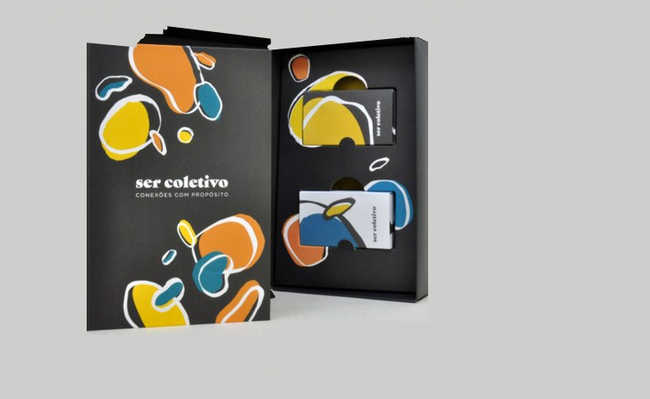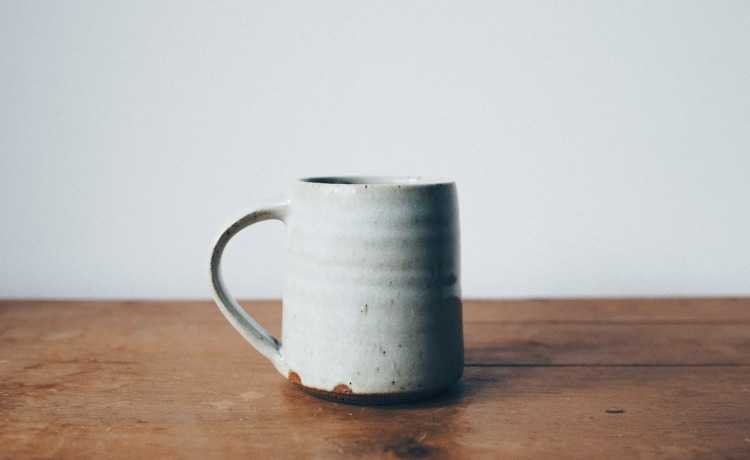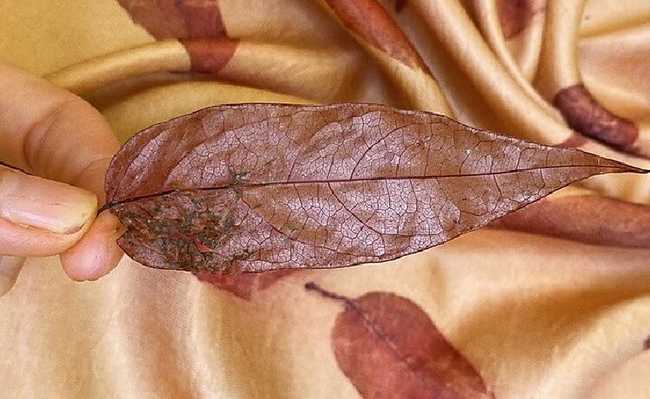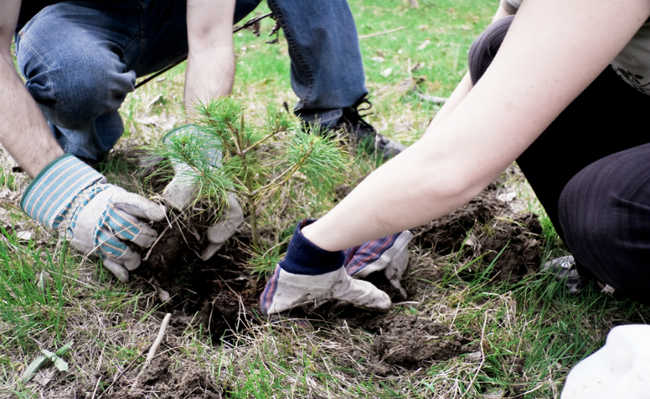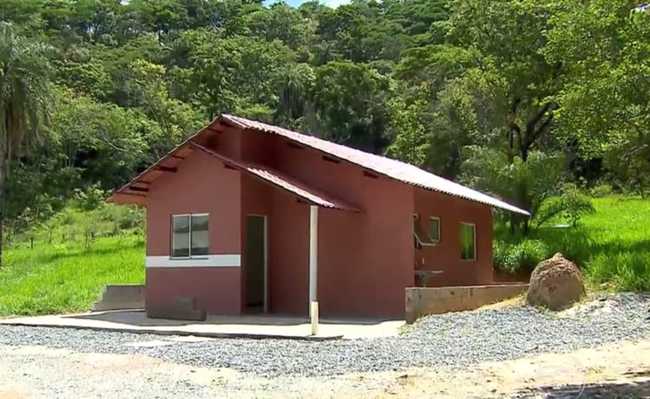13 unusual materials for manufacturing sustainable packaging
Companies and research institutes are looking for new raw material options for the production of sustainable packaging

There is a growing number of companies that have started to rethink the way they use packaging. The most common models today, made of plastic, take time to decompose, accumulate in the oceans and consume oil in their production. There are already several types of sustainable packaging, made with recycled paper or biodegradable plastics, and there are also unusual models, developed with milk, mushrooms, potatoes and even eucalyptus.
creative packaging
- Biodegradable packaging: advantages, disadvantages and examples
- Recyclable and sustainable packaging: check out creative examples
Discover unusual materials that can be used in the manufacture of packaging.
1. Potatoes
Using a mixture of potato, natural fibers, paper and water, the Veuve Clicquot created an ecological package that is also isothermal.
2. Grapes

Image: On the left, potato packaging developed by the brand and, on the right, the packaging made with grape skins.
In a second version created for the "Naturally Clicquot" campaign, Veuve Clicquot managed to use a by-product of its own production to make packaging. Grape skins were combined with natural fibers and water to create wine boxes.
3. Eucalyptus

THE Parkside Industries Corp. developed a kind of biodegradable plastic film based on wood pulp extracted from eucalyptus trees. The elaborated product could improve the storage conditions, as it avoids humidity and the contact of food with oxygen.
4. Mushrooms

Image: Wine Shipper by mycobond, licensed under CC BY-SA 2.0.
Packages made from mushroom roots grown in dead leaves, humus and a variety of substances have already been created, allowing materials with different textures, flexibility and durability to be obtained. In addition to being biodegradable, the material can be edible, depending on the treatment it receives, but its production cost is high.
5. Sugar + CO2
Researchers at the University of Bath invented sustainable packaging made from a blend of two super common ingredients: sugar and CO2. The material is compostable and could be used in hospital implants.
6. Shrimp
O Wyss Institute for Biologically Inspired Engineering, at Harvard, extracted chitosan, a polysaccharide from shrimp and lobster, to develop the biodegradable packaging called shrill. The packaging can replace egg boxes and vegetable packaging. However, the material is expensive and has the same impasses as all edible packaging made from animals: competition for resources with food and questions about animal rights.
7. Limestone
Limestones, along with a small amount of polyethylene, are being used to create sustainable packaging. Similar to paper, the material has a high yield, as it is made using a stone, and helps to save many trees.
8. Bird feathers
Feathers are often left behind in the poultry industry. Rich in keratin, the feathers of slaughtered animals can be used to make sturdy bags and packaging.
9. Sheep wool
Like feathers, sheep wool can work as a great thermal insulator, better and more ecological than polystyrene (technical name for Styrofoam). The material also contains no contaminants and could be used to package baby and toddler products. The big thing about these packages is that they are made with animal material and can be part of a cruel industry of animal abuse.
10. Milk
The United States Department of Agriculture (USDA) has developed a biodegradable plastic package, made from a milk protein capable of protecting food from the degrading action of oxygen. The packaging can be used in pizza boxes, cheeses or even as a pack for soluble soup - and can be dissolved together with the food in hot water. Although considered edible, this package is also not animal friendly.
11. Liquid wood
Lignin is one of the components of the wood that is left over as waste from the paper industry. The material can be mixed with wood pulp and other natural fibers to produce a kind of granular plastic, which can be molded into various shapes.
12. Palm
Palm leaves can be used to make disposable bowls, plates and cutlery. Once processed, the palm leaves can be molded into different shapes and are resistant to water, microwaves and high temperatures.
13. Coconut
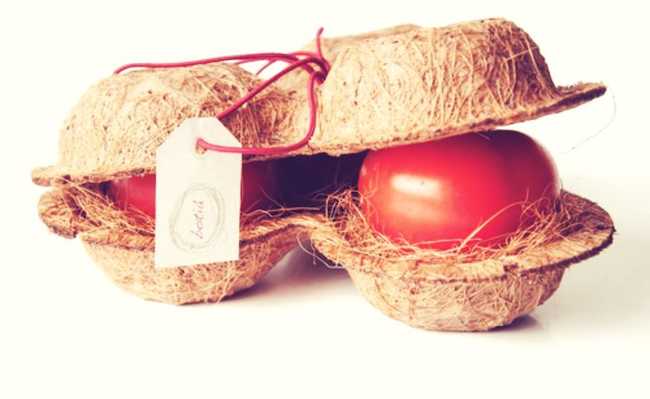
Unlike some types of plastic - such as those with bisphenols, for example - coconut fiber packages are not harmful to the human body and therefore are ideal for packaging food. They are sustainable packaging, as they do not require a lot of technology to be developed, and they can return to the factory to be recycled. They also biodegrade if placed in the ground.
Sustainability in practice
- Edible and compostable packaging: the corporate war against plastic
- Sustainable packaging: what they are, examples and advantages
Despite being interesting options, the use of sustainable packaging is not ideal. The right thing is to reduce your packaging production as much as possible. Whenever possible, practice conscientious consumption and reduce your waste production. Even if they are ecological and biodegradable, these materials can escape into nature and cause pollution while not fully biodegrading.

